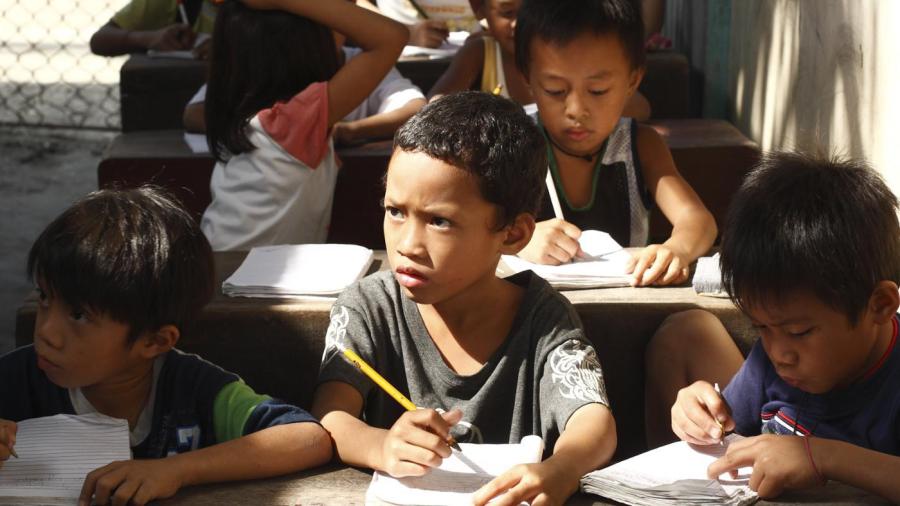Why Do We Need to Study Philippine Literature?

While most Philippine literature was written under the significant influence of the occupying Spanish powers during the 1800s, there is also a viable body of work written in the 20th and 21st centuries that makes an important contribution to world literature, which makes it a worthwhile culture to analyze. Philippine literature includes poetry, metrical romances, educational and religious prose, religious and secular drama and modern nationalist literature.
While the indigenous language of the Philippines is Tagalog, it was not until the Spanish government brought free public education to the archipelago in 1863 that literacy became widespread and literature became a possible area of emphasis in the Philippine culture. Early Philippine poems included corridos and awit, two types of poems meant to provide entertainment and edification.
“The Panunuluyan” was written in Tagalog and is the dramatization of Mary and Joseph’s quest to reach Bethlehem. “Cenaculo” dramatizes the final day of the life of Jesus Christ, while “Salubong” puts the meeting of the risen Jesus and Mary on the stage.
Secular dramas included “The Karagatan,” which is a play about the courage of men trying to win the hand of a young woman.
Modern writers of note include Claro Mayo Recto and Wenceslao Retana in essay and drama, as well as Guillermo Gomez Wyndham and Antonio M. Abad in fiction.





